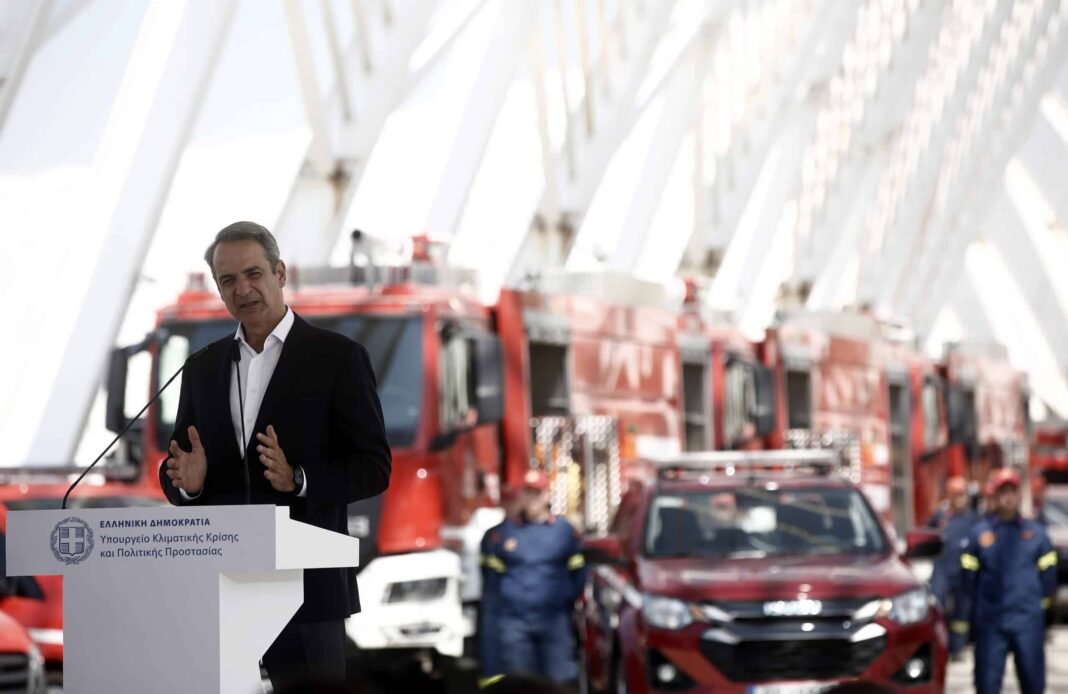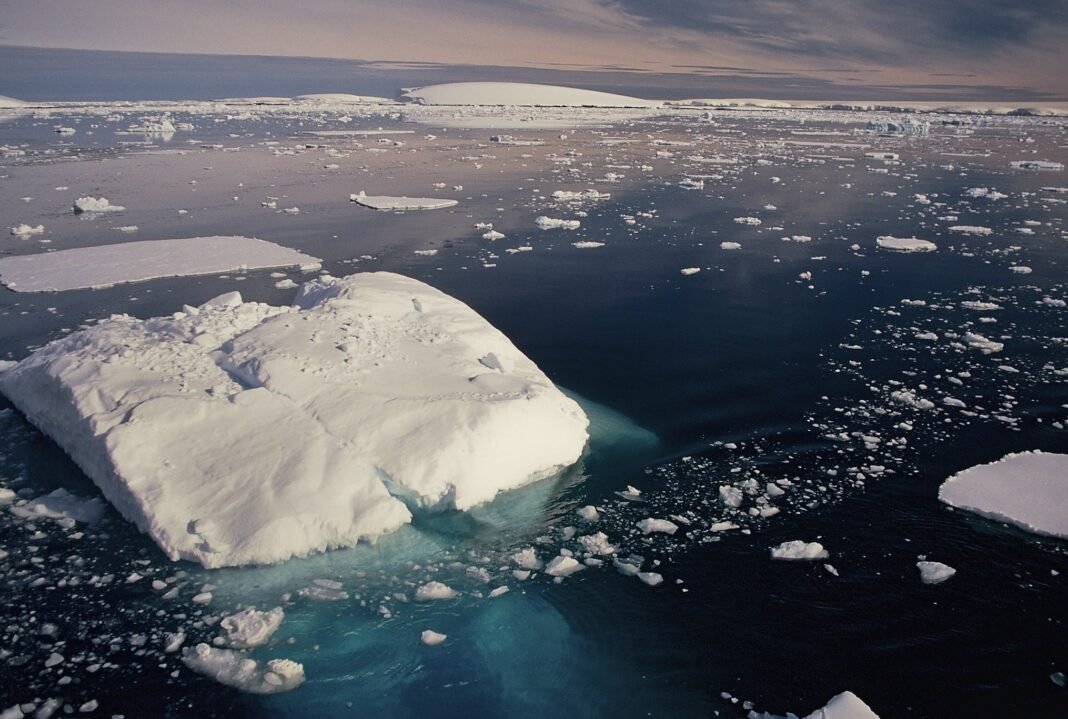
One of Greece’s ongoing challenges is the threat of wildfires, which endanger vast forest areas and citizens’ property each year. On July 18, during this year’s peak fire season, Greece strengthened its firefighting fleet with the addition of 164 new firefighting vehicles. The official handover ceremony was held in the presence of Prime Minister Kyriakos Mitsotakis.
The Hellenic Fire Service received 164 new vehicles valued at €15.5 million (around $18 million), including all-terrain water trucks with 12,000-liter tanks, as well as personnel and equipment transport vehicles.
Greece “deploying most resources ever” and strengthening firefighting fleet against threat
Prime Minister Mitsotakis emphasized that this wildfire season is proving to be one of the most difficult yet. “The state is deploying the most resources ever against fire threats,” he said, highlighting the presence of 18,000 firefighters, over 1,500 forest commandos, 85 aircraft, more than 80 drones, and approximately 4,000 firefighting vehicles, now including the newly delivered units.
He also noted that the 164 vehicles represent just one-tenth of a much larger upgrade under the AIGIS program, a national initiative focused on strengthening civil protection and enhancing the country’s ability to respond to natural disasters, particularly wildfires. This will eventually add 1,400 new vehicles to the firefighting fleet. An additional 296 vehicles are expected in the coming months, and another 331 will be delivered in 2026.
Mitsotakis stressed that prevention is the most effective wildfire strategy, stating, “Firefighters often tell us that forest fires are extinguished in the winter.” He noted that over €400 million (about $465 million) has already been spent on forest clearing and establishing firebreak zones, aiming to reduce the destructive impact of summer fires.

Wildfires in Greece: A two-year overview (2023–2025)
From 2023 to 2025, Greece experienced a series of increasingly severe wildfires that caused widespread destruction across both populated areas and natural ecosystems. Driven by prolonged droughts, extreme heatwaves, and strong seasonal winds, these fires severely affected forested regions, agricultural zones, and local communities.
In 2023, the country witnessed one of its worst wildfire seasons in modern history. The most catastrophic incident occurred in the Evros region of northeastern Greece, where fires burned over 93,000 hectares—equivalent to 930 million square meters—of land, much of it dense forest.
This event became the largest recorded wildfire in EU history, leaving behind scorched woodlands, destroyed habitats, and barren landscapes. In addition to the environmental devastation, at least 20 people lost their lives, and thousands were forced to evacuate their homes and businesses.
What happened in 2024?
In 2024, although the scale of destruction was somewhat reduced, wildfires remained a recurring and serious threat. Major blazes erupted in Attica, Euboea, Rhodes, and the Peloponnese, consuming large tracts of forested hillsides and protected nature reserves.
The damage to woodland areas was extensive, with satellite imagery showing thousands of square meters of charred terrain. Improvements in early warning systems and emergency response helped limit casualties, but the environmental toll remained high, particularly for Greece’s fragile forest ecosystems.
According to the European Forest Fire Information System (EFFIS), as of August 13 2024, approximately 10,630 hectares (about 26,270 acres) of land had been burned in the East Attica region. By August 14, wildfires had scorched 40 square miles (roughly 103,600 acres or 41,930 hectares) northeast of Athens, ultimately affecting a total of 100,000 acres (around 40,470 hectares).
As of mid-2025, early signs indicate a continuation of the trend, with high-risk areas already reporting smaller wildfires ahead of the peak season. The Greek government has increased funding for fire prevention, reforestation efforts, and aerial firefighting capacity.
Still, experts warn that reccurring wildfires are not only a seasonal threat but also a long-term ecological crisis, as scorched forest lands take decades to regenerate—if they recover at all.


